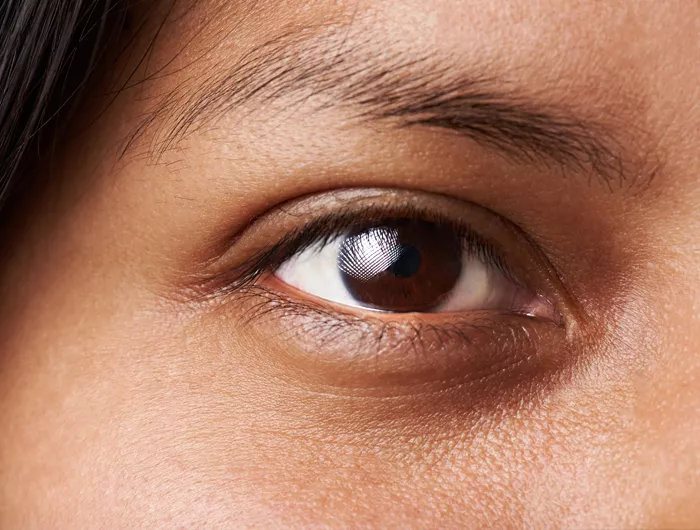Quick Studies: a snapshot of the latest research

PixieMe - stock.adobe.com.
Sat Fat, Sugar, & Liver Fat

A fatty liver may trigger insulin resistance, which can lead to type 2 diabetes. And eating too much saturated fat or sugar may create more liver fat than eating too much unsaturated fat.
Researchers randomly assigned 38 people to eat an extra 1,000 calories a day of saturated fat (from butter, cheese, and coconut oil), unsaturated fat (largely from olive oil, pesto, and pecans), or sugar (from candy, a sugary drink, and orange juice).
After three weeks, liver fat increased more in the saturated fat group (55 percent) than in the unsaturated fat group (15 percent). The increase in the sugar group was 33 percent. The sat fat group also became more insulin resistant—that is, their insulin was less effective at moving blood sugar into cells—and their LDL (“bad”) cholesterol rose.
What to do: Replace saturated with unsaturated fats, and eat less sugar.
Diabetes Care 2018. doi:10.2337/dc18-0071.
Fish Oil for Dry Eye?

An estimated one out of seven adults have dry eye disease. Can fish oil help?
Researchers randomly assigned roughly 500 people with moderate-to-severe dry eye disease to take either fish oil capsules (2,000 mg of EPA plus 1,000 mg of DHA) or a placebo every day. After a year, there was no difference in dry-eye symptoms.
What to do: Don’t take fish oil for dry eyes.
N. Engl. J. Med. 378: 1681, 2018.
Vitamin D & Colorectal Cancer

Does vitamin D lower the risk of colorectal cancer?
Scientists leading 17 studies worldwide pooled their data on roughly 5,700 participants with—and 7,100 without—colorectal cancer.
Compared to people with vitamin D blood levels between 20 and 24.9 ng/mL, those with levels between 30 and 34.9 had a 19 percent lower risk of colorectal cancer over an average of six years, and those with levels between 35 and 39.9 had a 27 percent lower risk.
What to do: Stay tuned. The recommended range for healthy bones is 20 to 30 ng/mL. But this kind of study can’t prove that higher blood vitamin D levels lower the risk of colorectal cancer (because something else about people with higher levels may explain their lower risk).
Other studies are under way. In the meantime, take a multivitamin or a supplement with the RDA for vitamin D (600 IU a day up to age 70 and 800 IU over 70).
J. Natl. Cancer Inst. 2018. doi:10.1093/jnci/djy087.
Don’t Fall for It

In 2014, more than one out of four older adults living at home reported a fall. What can lower the risk?
The U.S. Preventive Services Task Force examined 21 trials on exercise and seven trials on vitamin D. Among its conclusions: exercise lowered the risk of an injurious fall by 19 percent.
In most studies, vitamin D did not prevent falls, and in one, a large yearly dose (500,000 IU) increased the risk of falls by 15 percent.
A typical exercise program consisted of balance, gait, and functional training (for example, to stand up easily) three times a week.
What to do: Look for balance, strength, and flexibility exercises at the National Institute on Aging’s website. And don’t take high doses of vitamin D to prevent falls.
Photos (top to bottom): stock.adobe.com: WavebreakmediaMicro, PixieMe, Mara Zemgalitete, meteo021.

